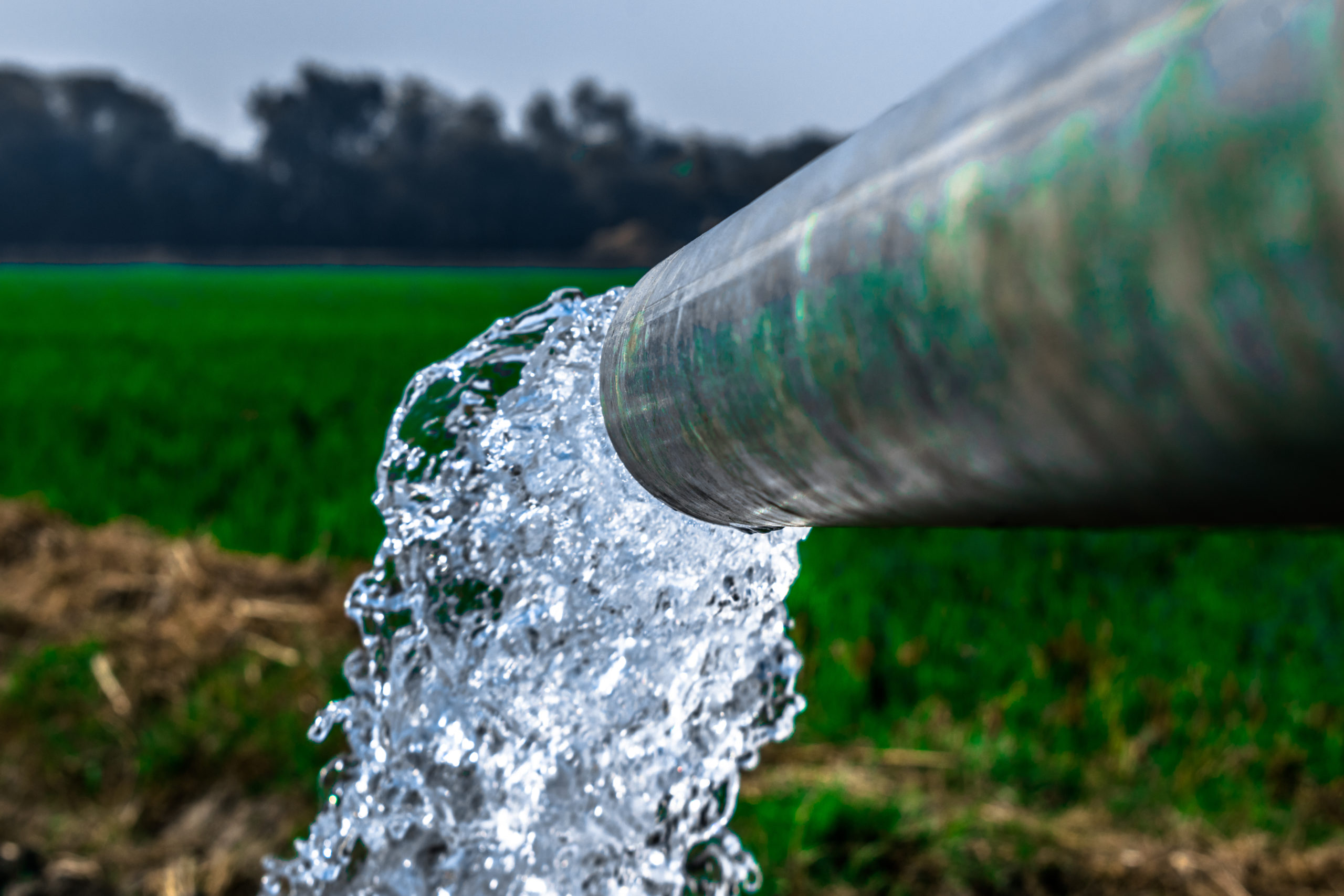Strategic Approaches to Boost Drainage Treatment Performance and Reduce Ecological Impact
In the world of waste water therapy, the pursuit for boosted effectiveness and decreased ecological influence is a perpetual obstacle that requires critical options. The combination of sophisticated treatment technologies, energy-efficient procedures, resource recovery methods, enhanced nutrient removal strategies, and clever surveillance and control systems stands for a multifaceted framework for resolving these pressing problems.
Advanced Treatment Technologies
Sophisticated membrane layer filtering systems have actually transformed sophisticated wastewater treatment processes, substantially improving the elimination of impurities. These innovative systems function forcibly water with a semi-permeable membrane layer, effectively dividing impurities from the water stream. The membrane's microscopic pores trap toxins such as bacteria, infections, and suspended solids, enabling only purified water to go through. This innovation has verified to be very reliable in getting rid of a wide array of pollutants, including pharmaceuticals, heavy metals, and natural compounds, which are often challenging to get rid of via typical treatment approaches.
Furthermore, membrane filtering systems offer many advantages over conventional therapy techniques. They call for much less room, create higher-quality effluent, and are a lot more resistant to fluctuations in influent water top quality. Furthermore, these systems are highly functional and can be quickly incorporated into existing therapy plants or used as standalone devices for decentralized applications. As the demand for tidy water remains to rise, the fostering of sophisticated membrane filtration technologies is necessary to ensure effective and sustainable wastewater therapy methods.
Energy-Efficient Procedures
The integration of energy-efficient processes in wastewater treatment systems is essential for maximizing resource utilization and minimizing functional prices. One crucial strategy to enhancing energy efficiency in wastewater treatment is the application of sophisticated oygenation systems, such as great bubble diffusers or surface area aerators, which can boost oxygen transfer performance and decrease power usage.
In addition, maximizing procedure control and automation through the usage of innovative sensing units and monitoring systems can enhance overall energy effectiveness by changing operations in real-time based on actual demand and conditions. Carrying out energy audits and on a regular basis checking power efficiency indicators are important techniques to determine areas for enhancement and track energy-saving initiatives efficiently. In general, the adoption of energy-efficient processes in wastewater therapy not just benefits the setting but additionally adds to long-term cost savings and operational sustainability.
Source Recuperation Techniques
With an emphasis on maximizing source usage and sustainability in wastewater therapy systems, the application of source recuperation techniques becomes a critical element in improving operational efficiency. Source recovery techniques in wastewater treatment involve the identification and extraction of beneficial sources from the waste stream, consequently transforming what was as soon as thought about waste right into a useful asset. By implementing resource recuperation methods such as nutrient elimination and healing, energy generation from raw material, and the manufacturing of reusable water, wastewater therapy plants can lessen ecological effect while optimizing performance.

Enhanced Nutrient Removal Methods
Applying innovative nutrient removal methods is crucial for enhancing the efficiency of wastewater treatment systems. One of the key methods used for improved nutrient elimination is the process of organic nutrient removal (BNR), which involves the elimination of nitrogen and phosphorus via biological procedures.

In enhancement to BNR, progressed therapy techniques such as membrane layer bioreactors (MBRs) and built marshes can likewise be employed to enhance nutrient removal efficiency. By incorporating these sophisticated nutrient elimination strategies into wastewater treatment industries, towns and systems can efficiently lower nutrient pollution and secure the setting.
Smart Tracking and Control Systems
Using cutting-edge technology, the integration of clever monitoring and control systems changes the functional effectiveness of wastewater therapy centers. These systems integrate advanced sensors and information analytics to continuously monitor vital parameters such as pH degrees, turbidity, liquified oxygen, and flow prices Web Site in real-time. By accumulating and evaluating this information, operators can obtain important insights right into the performance of the treatment processes, enabling positive changes to enhance treatment performance.
Smart monitoring and control systems likewise support remote surveillance additional resources abilities, allowing drivers to accessibility real-time data and control functions from off-site areas. This remote ease of access enhances functional adaptability and responsiveness, allowing quick treatments in instance of system malfunctions or changes in influent top quality. Moreover, the anticipating upkeep capabilities of these systems aid avoid equipment failures and decrease downtime, ultimately improving the general reliability of wastewater therapy procedures (Waste Water Treatment).
Verdict
Finally, critical techniques such as innovative treatment modern technologies, energy-efficient processes, source recuperation strategies, boosted nutrient removal strategies, and smart monitoring and control systems play a crucial role in enhancing wastewater treatment performance and decreasing ecological impact. By implementing these methods, wastewater therapy plants can boost their total performance, decrease energy usage, recuperate useful sources, and make certain compliance with environmental policies. These strategies are essential for lasting and reliable wastewater management methods.

In conclusion, critical approaches such as innovative treatment modern technologies, energy-efficient processes, source recuperation techniques, boosted nutrient elimination strategies, and smart surveillance and control systems play an essential role in improving wastewater therapy efficiency and lessening environmental impact.